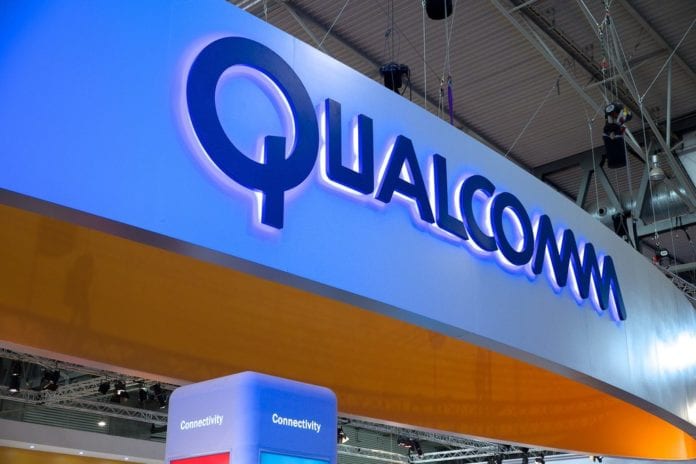A significant win for Qualcomm for its non-SEPs against Apple in a trail San Diego
The jury said yes. I mean they agreed that Apple has infringed Qualcomm’s three patents that increase battery-life and decrease the cost of iPhones. The jury also agreed to the full damages that amount to a total of $31 million, which comes to $1.4 for each of the infringed iPhone 7, 8 and X using Intel modems.
But, as I said before, this case was much more than the money involved, but more to decide what value Qualcomm’s non-Standard Essential Patents (SEP) have. And $1.41 for just three such patents is very significant value, considering that Qualcomm’s licenses contain almost 140,000 patents.
In this trial, both the companies put a spirited fight. Qualcomm took a straight-forward, fact-based approach. On the contrary, Apple took a convoluted stance trying to make this fight more than just the patents under scrutiny. They argued that this is to do with their decision to start using modems from Qualcomm’s competitor, Intel.
The arguments were very intense with many third-party expert witnesses as well as the employees of both companies and Intel. Many times, it came to as ridiculous as hairsplitting and defining the words in the English language. Of course, it was highly-technical as well, including jury listening to an trying to understand excruciating details about packet headers, graphics instructions and others.
Here is a brief description of the arguments from both parties. Please refer to my earlier article regarding the details of the patents:
This was the paten with arguments akin to hair-splitting and trying to understand the meaning of English words.
Apple’s argument – The patent, as written requires the processors to “hold” i.e. store the data in its own memory, and iPhone processors don’t store data in their onboard memory, instead on a separate connected memory, hence the patent is not infringed. Also, patent requires that uplink transmission commence after completing downlink transmission. Since iPhones have overlapping downlink and uplink transmissions there is not infringement.
Qualcomm’s argument – The meaning of “hold” is not to “store” the data but to “accumulate” until there is enough to send, all of it one go. Also, the patent doesn’t say that downlink transmission doesn’t have to be complete before starting uplink.
Here is the question came to defining what the word “hold” means, does it mean store or accumulate. Also, does “after transmission” mean after completion of transmission or does it mean after the start of transmission.
I think the jury went with the intent of the patent and deemed it to be valid and infringed. Damages – $0.42 per infringed iPhone.
Apple’s argument – The patent requires that there be a single compiler, whereas iPhones have three separate compilers, hence there is no infringement.
Qualcomm’s argument – The three separate compilers that Apple claims are not separate, but three phases/stages of a single compiler, hence there is infringement.
Jury’s decision was that there indeed is an infringement. Damages – $0.55 per infringed iPhone.
For this patent, there was a lot of drama and back and forth regarding one of Apple’s witnesses, Mr. Arjun Siva. In the opening statement, Apple’s counsel dramatically said that Mr. Siva was so angry when he found out about the patent, he voluntarily agreed to testify, taking time off from his work (he currently works for Google). She said that he will look in the eyes of the jury and say that this was his invention. But Mr. Siva had to be subpoenaed to testify. There were also allegation by Apple counsel of witness tampering, which was retracted after Qualcomm counsel’s strongly objection. Even after all the theatrics, when asked, Mr. Siva said that he was not there to claim he should be a co-inventor on the patent!
Apple’s argument – The original idea for the patent came from Arjuna Siva, who was Apple employee at the time, and he should have been included as a co-inventor. Since he was not included, the patent is invalid and not infringed.
They also said the patent requires each data segment in the communication between the application processor and the modem be scatter loaded into memory, but the “Segment 0”, which they claim is a data segment is not scatter loaded, hence no infringement.
Qualcomm’s argument – Arjuna Siva himself declined to claim the inventorship during his testimony. There is prior art relevant to what Mr. Siva provided, which is based on Qualcomm’s old Gobi technology. Also, “Segment 0” is not just any data segment, so not scatter loading it will not invalidate the patent.
Again, jury opined that all of Qualcomm’s claim was true and infringed. Damages – $0.44 per infringed iPhone.
This conclusive win gives Qualcomm a strong boost going into many other cases being fought in the near future. One big trial is coming again in San Diego, in just a couple of weeks. For Apple, they have to reevaluate their strategy of trivializing the value of Qualcomm’s non-SEPs, and possibly reconsider their larger argument that it’s not just the patents in the trial but Apple’s move away from Qualcomm’s modem that is making latter to fight these cases.

